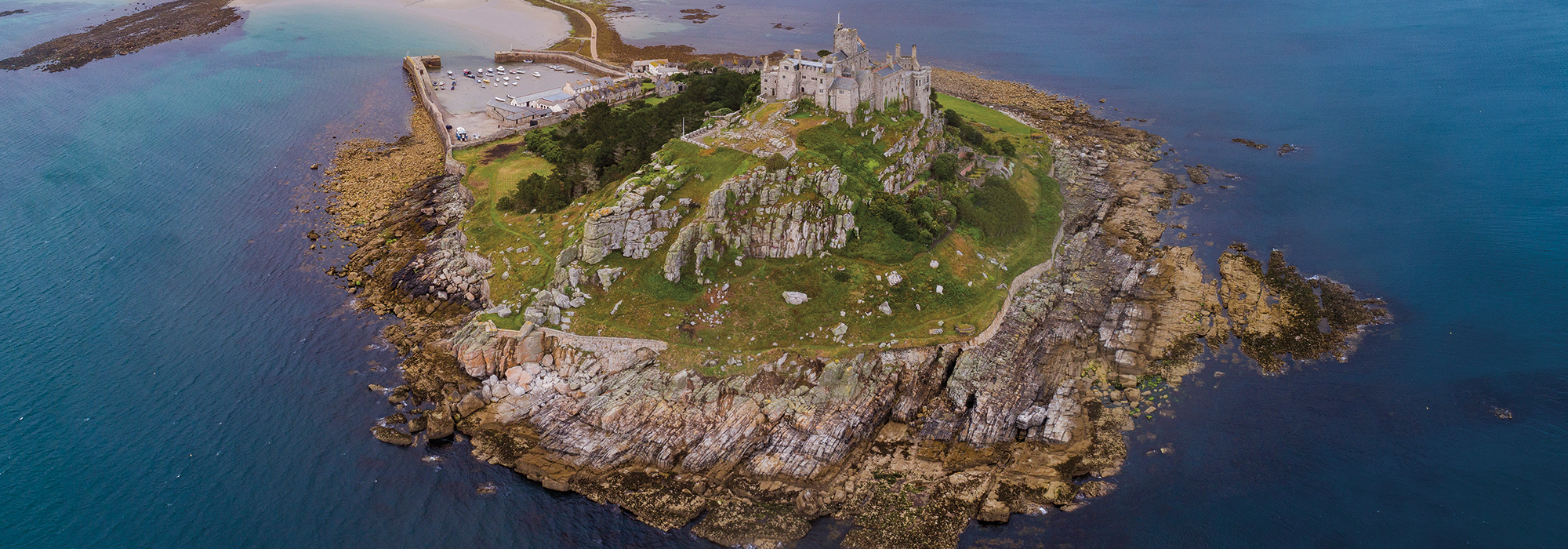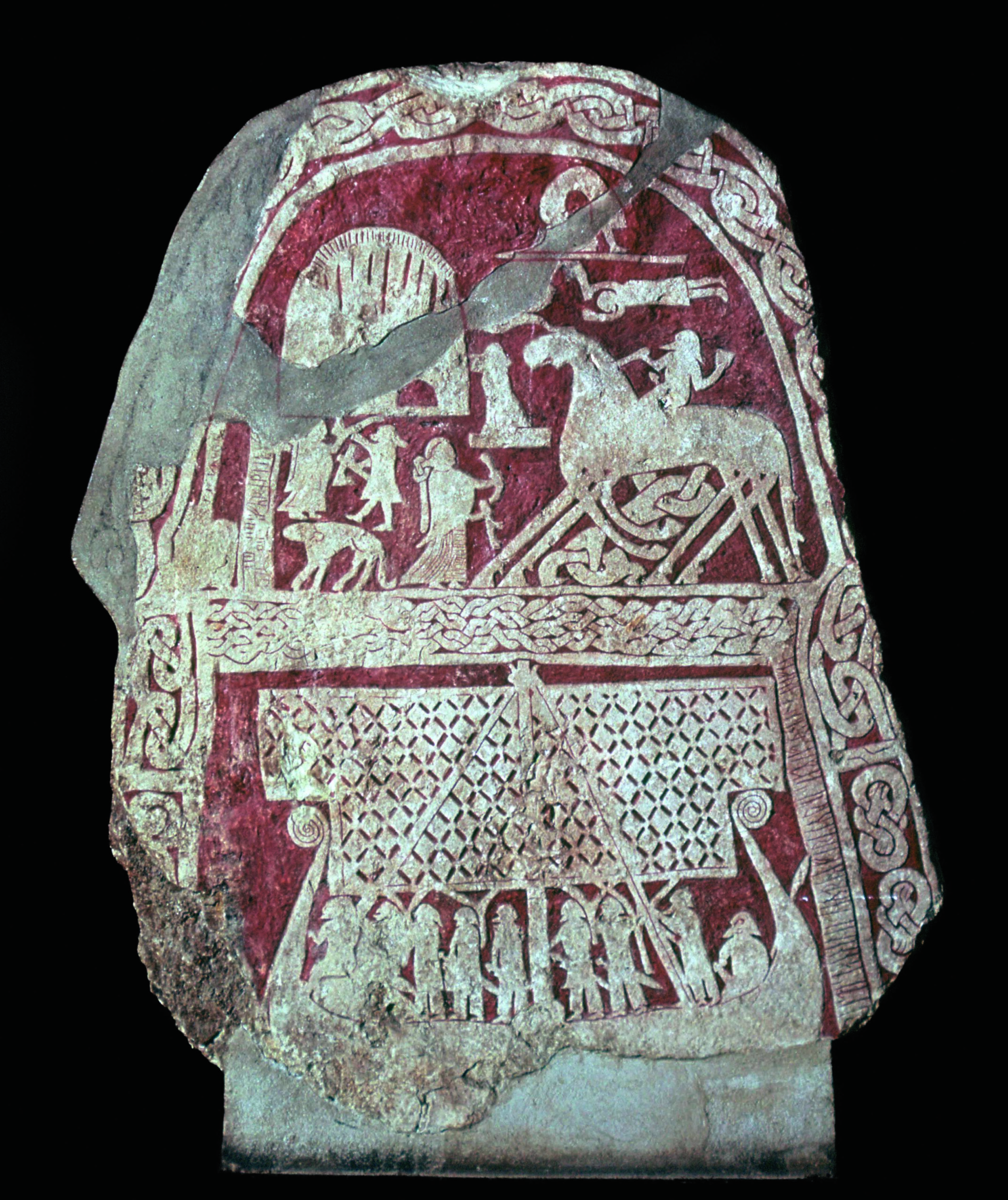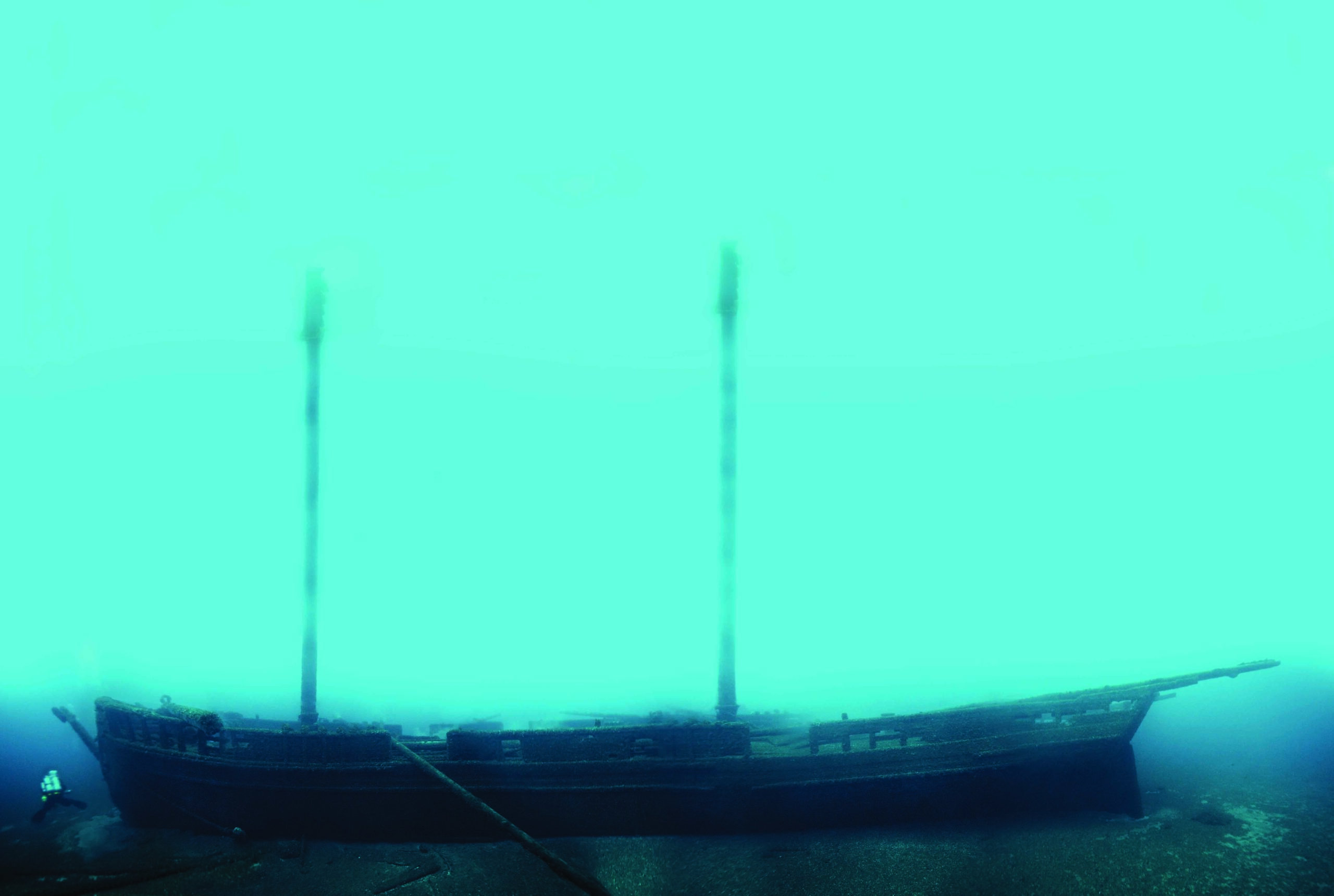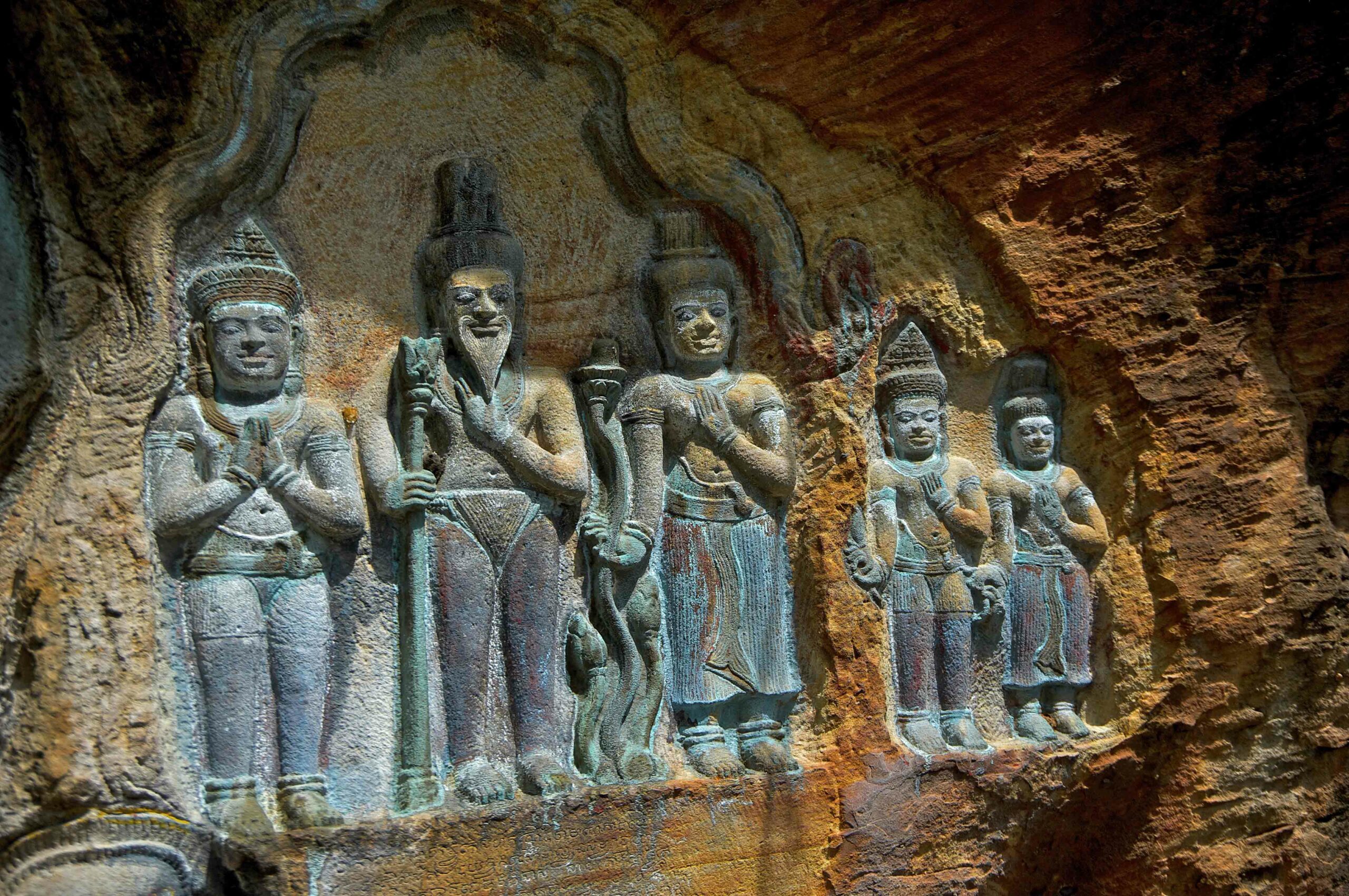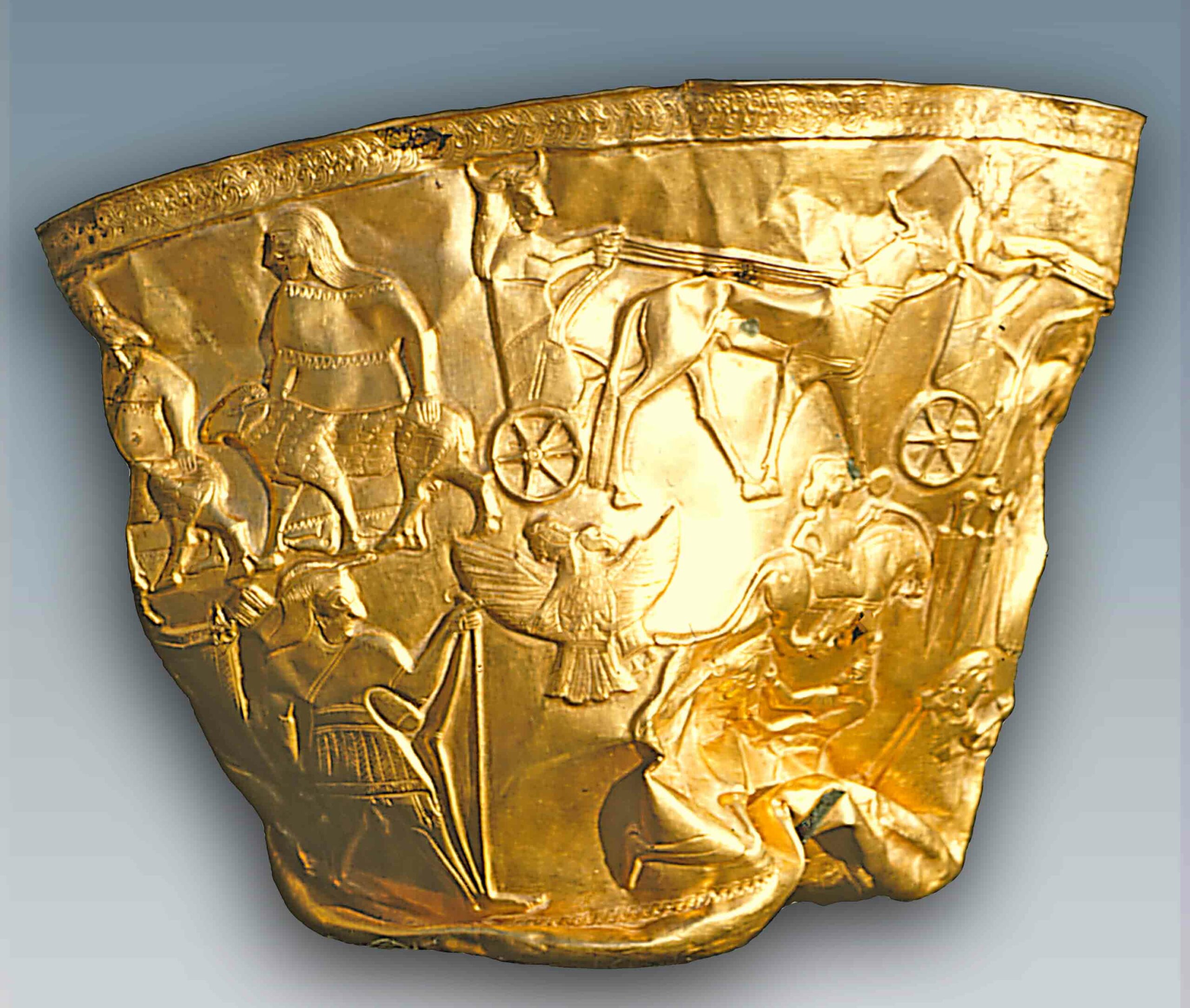
OXFORD, ENGLAND—Researchers have developed a map of the United Kingdom based upon genetic variation in the late 1800s, when people were less likely than today to migrate far from the region of their birth. Donnelly and his team took samples from more than 2,000 Britons of European ancestry who lived in rural areas, and whose grandparents were all born in the same region. The team found 17 different groups based upon this DNA, and these groups matched the grandparents’ geographic locations. The team also analyzed the genomes of more than 6,000 people from continental Europe to trace their ancestors’ contributions to the Britons’ ancestry, such as the Anglo-Saxons, who moved from present-day Denmark and Germany into Britain after the departure of the Romans and interbred with the local residents. “The patterns we see are extraordinary. The genetic effects we’re looking at are the result of, probably, thousands of years of history,” Peter Donnelly, director of the Wellcome Trust Centre for Human Genetics, told Nature News. To read in-depth about Anglo-Saxons, see "The Kings of Kent."



